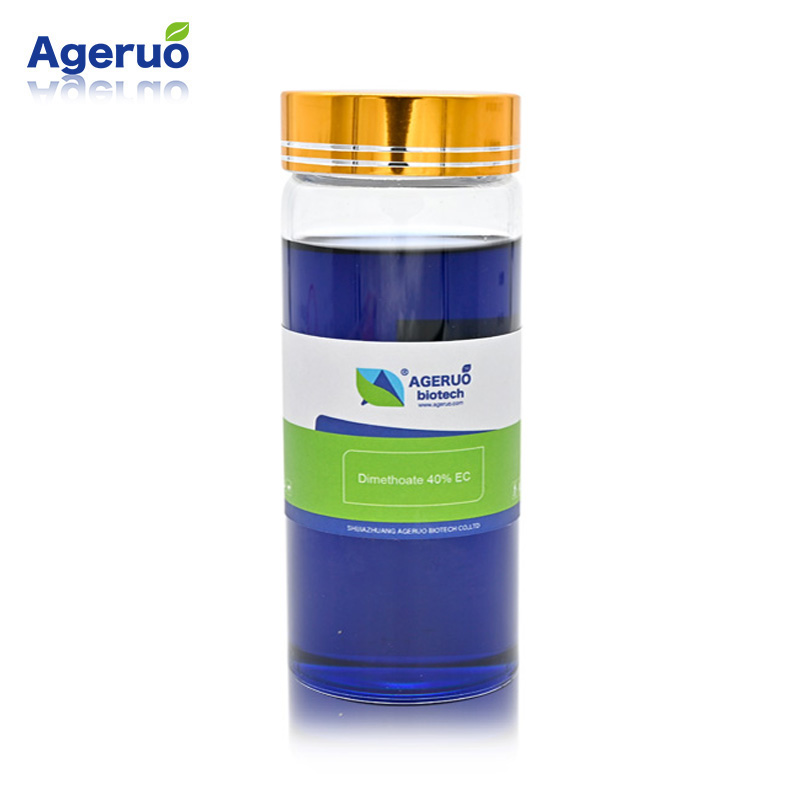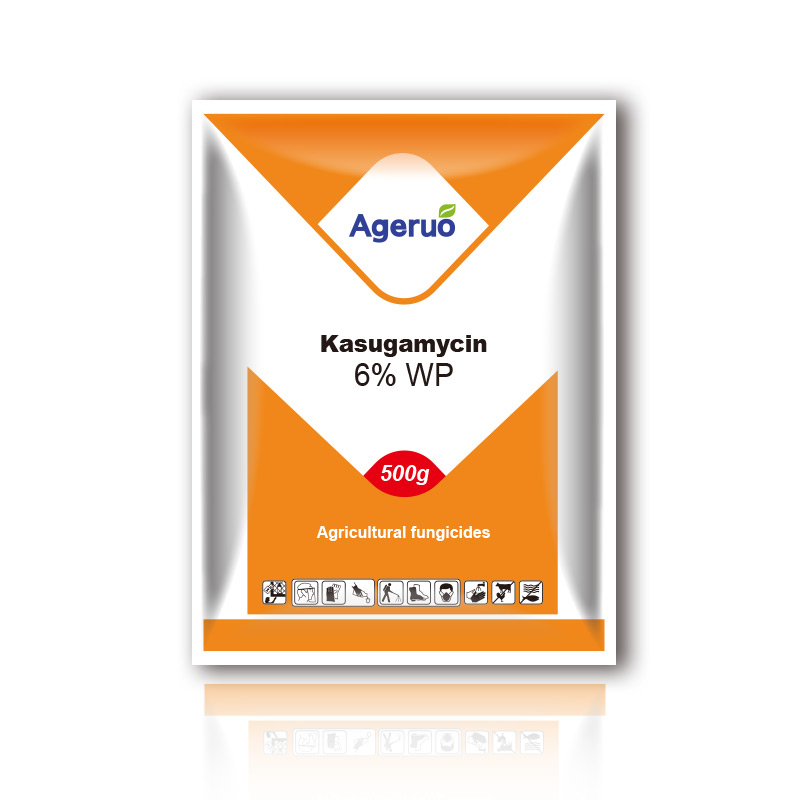Sorry... This site requires a JavaScript enabled browser.
Disease control in winter wheat is set to be particularly tricky this season as the dry and cold early spring weather, which has held back the spread of disease, moves towards warmer showery conditions that are likely to herald a build up of septoria and rust. Chlorothalonil Mancozeb

Last season, dry conditions until mid-May prompted many growers to cut back on T1 fungicide sprays, only for wet weather later in the month help septoria develop in crops before a strong fungicide mix could be applied at the T2 flag leaf stage.
This year, some growers without a rust disease problem will be skipping T0 sprays and saving some money, but this heightens the importance of product choice and the timing of a T1 spray.
We find the best advice on wheat disease control this season in different regions of the UK.
See also: Two new fungicides to fight septoria in wheat grower’s plans
Showery weather could easily bring disease in winter wheat crops to the fore in Norfolk, even though septoria is currently only at low levels and yellow rust is not as visible as in recent years, although it can be found on susceptible varieties such as Skyfall.
Andrew Melton, regional agronomy sales manager with advisory group Frontier, says the current cold weather is holding back disease, but showery weather could easily make spray choice “interesting” at the T1 fungicide timing when leaf three is fully emerged.
His T0 policy is ranging from applying nothing, on say a late-drilled crop of the variety Extase, to a tebuconazole/folpet mix on more susceptible varieties, with the multisite added with an eye on protectant septoria control and helping with resistance management.
“For the T1 timing, I can not see why we would not go for the new chemistry,” he says.
For new chemistry, he is focused on the new azole mefentrifluconazole with the SDHI fluxapyroxad in the form of Revystar, which had its first full season of use last year.
From last year’s experience, he will look to boost Revystar’s rust control with the strobilurin pyraclostrobin where needed, and look at adding folpet.
If no T0 was applied then the correct timing of the T1 spray becomes more critical.
In more low-risk situations, he may use slightly older chemistry such as SDHI-azole product Ascra and in a rust situation SDHI-azole Elatus, and then look to use the new site of action fungicide product Univoq at the flag leaf T2 timing.
“The potential of the crops here looks promising, but in Norfolk we are only ever 10 days away from a drought,” he adds.
Yellow rust in young wheat © MAG/David Jones
Rust diseases are often the biggest concern in the south-east of England because of the big proportion of milling varieties, which are susceptible to yellow and brown rust, and also the generally dry conditions that tend to favour these diseases.
Chris Bean, technical director at agronomy group Zantra, says with the recent cold and dry conditions there is a relatively low level of disease, but with milling varieties Skyfall and Zyatt susceptible to yellow rust and Crusoe to brown rust, a careful watch is needed on crops.
“We are seeing yellow rust in Zyatt, but the cold and frost is holding the disease back, while we need to keep brown rust out of Crusoe from an early stage,” he says.
In the AHDB 1-9 scale where 1 is very susceptible and 9 shows good resistance, Zyatt has a lowly disease rating of 4 for yellow rust and Skyfall even lower at 3, while Crusoe has a well-known low rating of 3 for brown rust.
All three varieties are widely grown in Kent and Essex.
Mr Bean’s approach to T0 is based on azoles, such as tebuconazole or even prochloraz where eyespot could be a problem, and he tends to hold back strobilurins to T1 and T2 for their use in encouraging the assimilation of nitrogen.
More-resistant varieties such as Group 2 milling variety Extase may allow growers to miss out on a T0.
T1 strategy will be based around the SDHI-azole Elatus, as the SDHI component benzovindiflupyr has very good activity on rusts, while the wet weather disease septoria is important but not often a priority.
The multisite folpet is likely to be added for the more-susceptible wheat varieties, whereas it could be left out on the more-resistant ones such as Extase at the T1 stage.
Winter wheat looks to have good yield potential this spring, although there is plenty of septoria on older leaves, while yellow rust is not as prevalent as around Christmas time after some cool weather.
John Vickery, regional technical manager at Agrii, who covers Gloucestershire and Worcestershire, says in his area there was a move last autumn towards more disease resistant varieties such as Graham, Costello and Extase after disease had crept into crops late in the spring last year.
“We saw last autumn a big shift in varieties, as without the use of chlorothalonil and then a wet May many growers are now looking at lower-risk varieties,” he says. Chlorothalonil was banned from use in May 2020.
His strategy for T0 is that as most of his crops will be getting a plant growth regulator and manganese, then it will be easy to add in a fungicide.
For varieties with a weakness for yellow rust, such as Skyfall and Zyatt, he will use an azole such as tebuconazole or flutriafol with a multisite such as folpet added. More-resistant varieties will just get folpet.
For the T1 timing, his policy will be to use innovative chemistry with a proven track record of being effective, especially with the current high price of wheat.
That means using new actives such as azole mefentrifluconazole or picolinamid fenpicoxamid with appropriate partners, and adding in a strobilurin such as pyraclostrobin for extra rust control where needed.
Folpet will be added in high disease pressure sites or where the multisite was not used at T0.
“Generally, wheat crops look as good as I have seen them over the last 5-6 years, but we are very dependent on rain, especially over the Cotswolds,” he says.
Septoria in mature wheat © MAG/David Jones
Septoria is active in early-sown wheats in Yorkshire, while there are generally lower levels of rust this spring due to the cool weather, although yellow rust is being seen towards the coast in more susceptible varieties such as Kerrin (4) and Gleam (5).
David Stead, area business manager for Yorkshire at agronomy group Hutchinsons, says that after recent rains there could easily be a pickup in disease levels if the weather starts to turn warm.
Many crops in his area receive a plant growth regulator at T0 so a fungicide can easily be added.
More resistant varieties like Extase (one-year septoria rating 7.3) will need little if anything at T0, but on rust susceptible varieties, tebuconazole can be added for a quick-knock down or a strobilurin mix for a more preventative approach.
Folpet is likely to be added for early-sown crops.
With many Group 3 biscuit wheats in the area, a particularly close eye is keep on varieties such as Firefly and Barrel.
They both score 6s for yellow rust and 5s for brown rust, while Firefly has a one-year septoria rating of 4.9 and Barrel 4.4.
“This is a season for really tailoring what you do to what you are seeing in the field,” he says.
For most varieties, and especially those with weaker disease resistance scores, he will focus on new chemistry in the form of SDHI-azole Revystar, with folpet added depending on whether it was used earlier and the variety’s septoria susceptibility.
For varieties with better disease resistance, Mr Stead has the option of using slightly older chemistry, based around SDHI bixafen with Ascra.
Where there is a perceived rust problem he will use the strong rust SDHI-containing product Elatus.
Alistair Gordon, regional technical manager at agronomy group ProCam, says Skycraper is the dominant wheat variety in his area stretching from Easter Ross down to the Black Isle and around to the Morayshire coast, as the soft feed wheat variety is in big demand at the nearby Invergordon distilling plant.
The variety has good resistance to mildew (7) which can be a problem in the area, but only moderate resistance to septoria (one-year rating 4.6)
His approach for T0 is to use a multisite to avoid disease resistance building up – such as folpet or Manzate (mancozeb), along with an azole such as prochloraz, as he looks to hold back on the more widely used azoles such as prothioconazole for later.
His T1 strategy is to use Revystar if septoria is already in the crop and needs dealing with quickly, but will go with Elatus when septoria is not as acute and a more persistent product is needed.
“Up here, our T1-T2 gap can be stretched to three to four weeks or more and so we often look for a product with persistence at T1 that will not run out of steam,” he says.
In addition, he is keen to use a multisite at T1 as well as T0, to keep a lid on septoria and help with resistance management.
Using contractors saves you time and money. Now you can book, track and pay all in one place. Register for early access today.

Tafgor Dimethoate Visit our Know How centre for practical farming advice